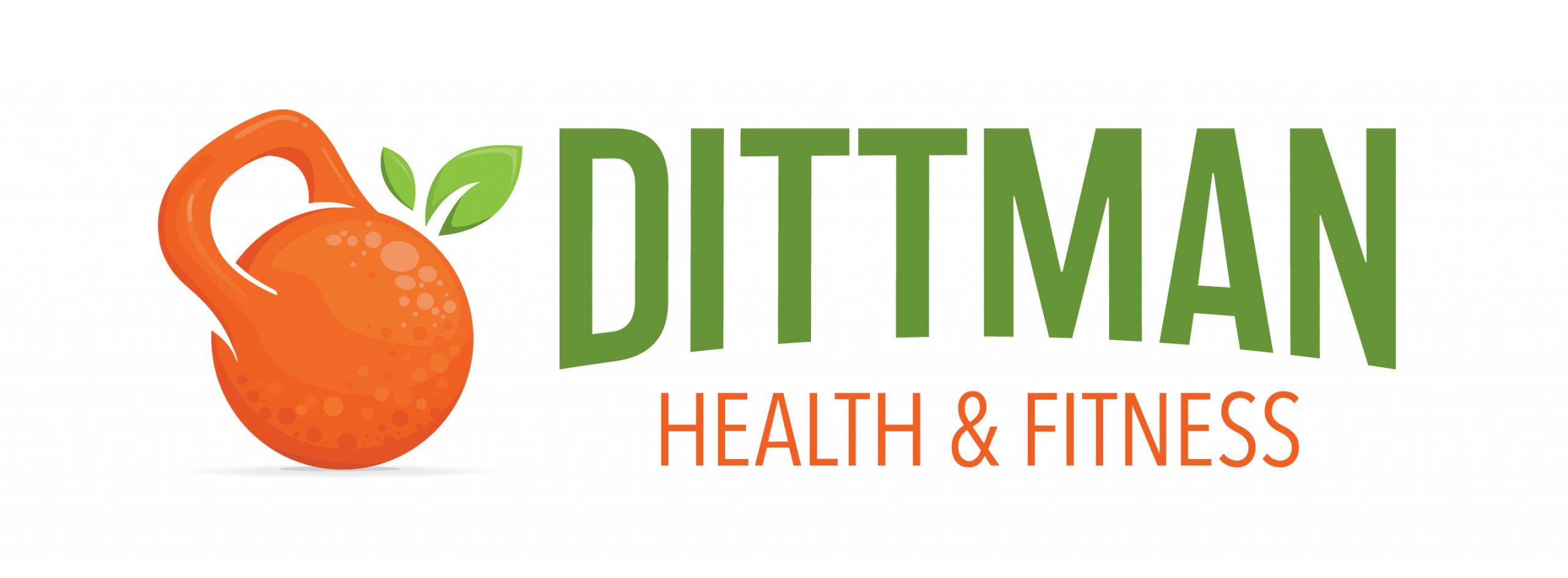When I first starting lifting weights about 10 years ago I distinctly remember the first couple weeks I was so sore I could hardly move. And I’m sure many of you can attest to this. This kind of soreness usually happens to newbies or those returning to the weights after a long break. It can be kind of intimidating, especially to those that have never trained before. I can imagine them thinking “ man, I thought this was supposed to be good for me, not make me feel like this!”. Well today I want to explain a little bit about WHY you may feel that sore, and how it WILL get better with time and consistency.
The reason for this intense soreness is DOMS – Delayed Onset Muscle Soreness. This typically occurs about 24-72 hours post workout. What happens is the muscles being trained are not used to whatever workout you are putting them through and thus become inflamed. It should be noted that this happens with exercises that have an eccentric component to them, so basically all the essential movements in the gym; presses, pulls, squats, deadlifts.
If you are unsure what that means allow me to get technical. Muscular movement can be broken down into three phases: the eccentric or lengthening phase, the isometric or “same-length” phase (meaning the antagonistic muscles on both sides of a given joint are equal in length), and the concentric or shortening phase. Let’s use a bicep curl to visualize this. Starting from the bottom, when the weight is curled up toward the shoulder the muscle is shortened (the concentric phase). If you were to pause halfway through the rep, this is the isometric phase. The lowering of the weight back down is the eccentric phase where the muscle is lengthened. As previously stated it’s the eccentric phase that causes soreness. It’s why things like sled pushes or biking won’t leave you very sore the next day- there is only a concentric phase to those exercises. Now that our anatomy lesson is over, let’s talk about why DOMS is an “unfortunate but necessary part of getting stronger” according to esteemed strength coach Mark Rippetoe.
Beginners tend to experience DOMS the most. In fact, if you are advanced and experiencing high levels of soreness, you may be overworking yourself. It’s good to be a little sore as an advanced lifter, it’s bad to be have debilitating soreness as an advanced lifter. The beginner or returning lifter will experience this soreness the most because their body is not used to the exercises being performed. Our bodies have this amazing ability to adapt to just about anything and exercise is no different. In exercise science terminology there is a phrase called the “repeated bout effect” which refers to exposing the body to the specific training demands of the individual to improve efficiency and decrease soreness. With consistency and practice the muscles eventually get used to the stressors being placed on them. They improve and get stronger as a result.
So to summarize, it sucks when you are a beginner or starting back up. You get really sore and you probably are second guessing why you are even here doing this to yourself. But if you stick through this phase you will get used to it. Your body will adapt and you will be well on your way to making ALL KINDS of gains. Trust the process.
